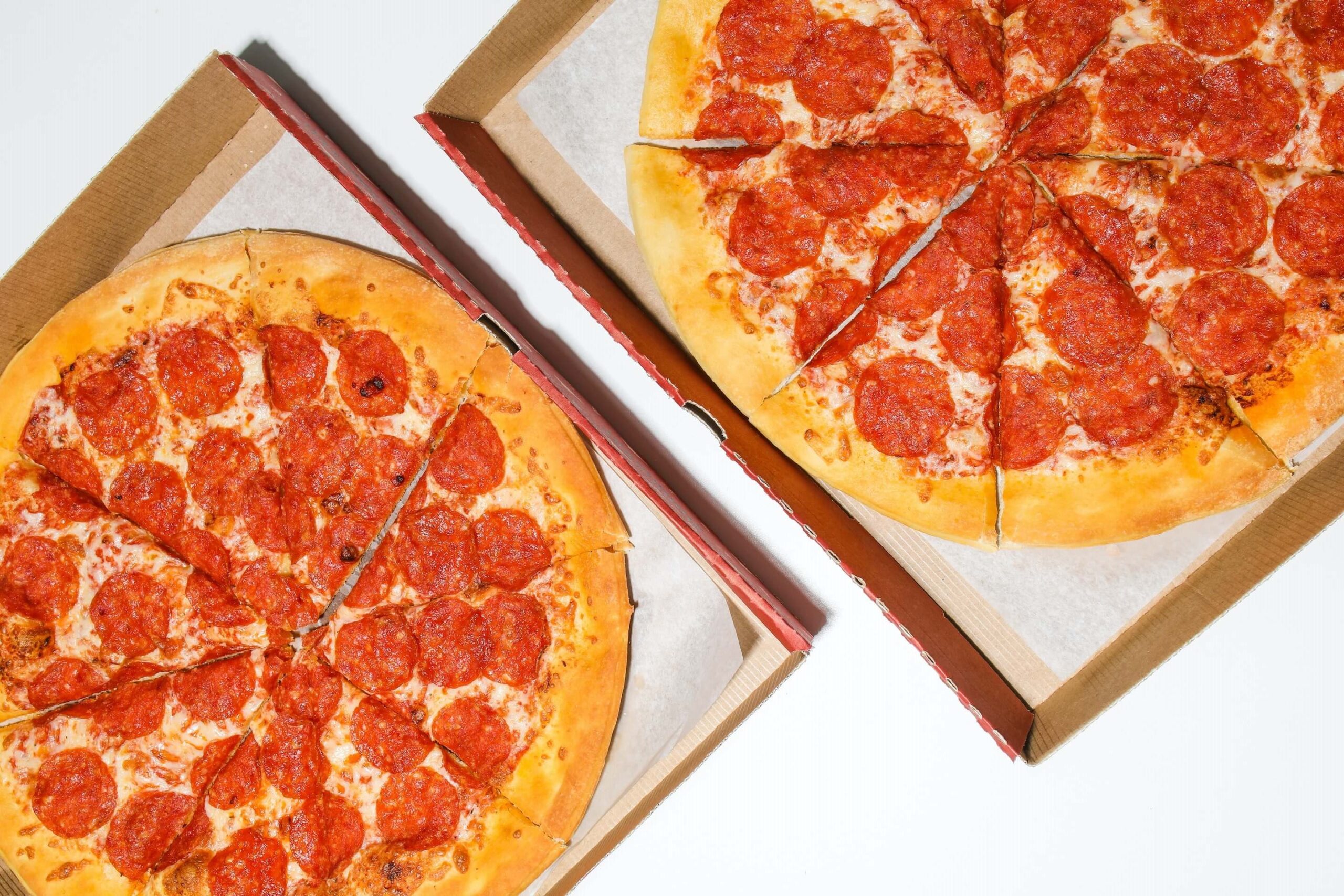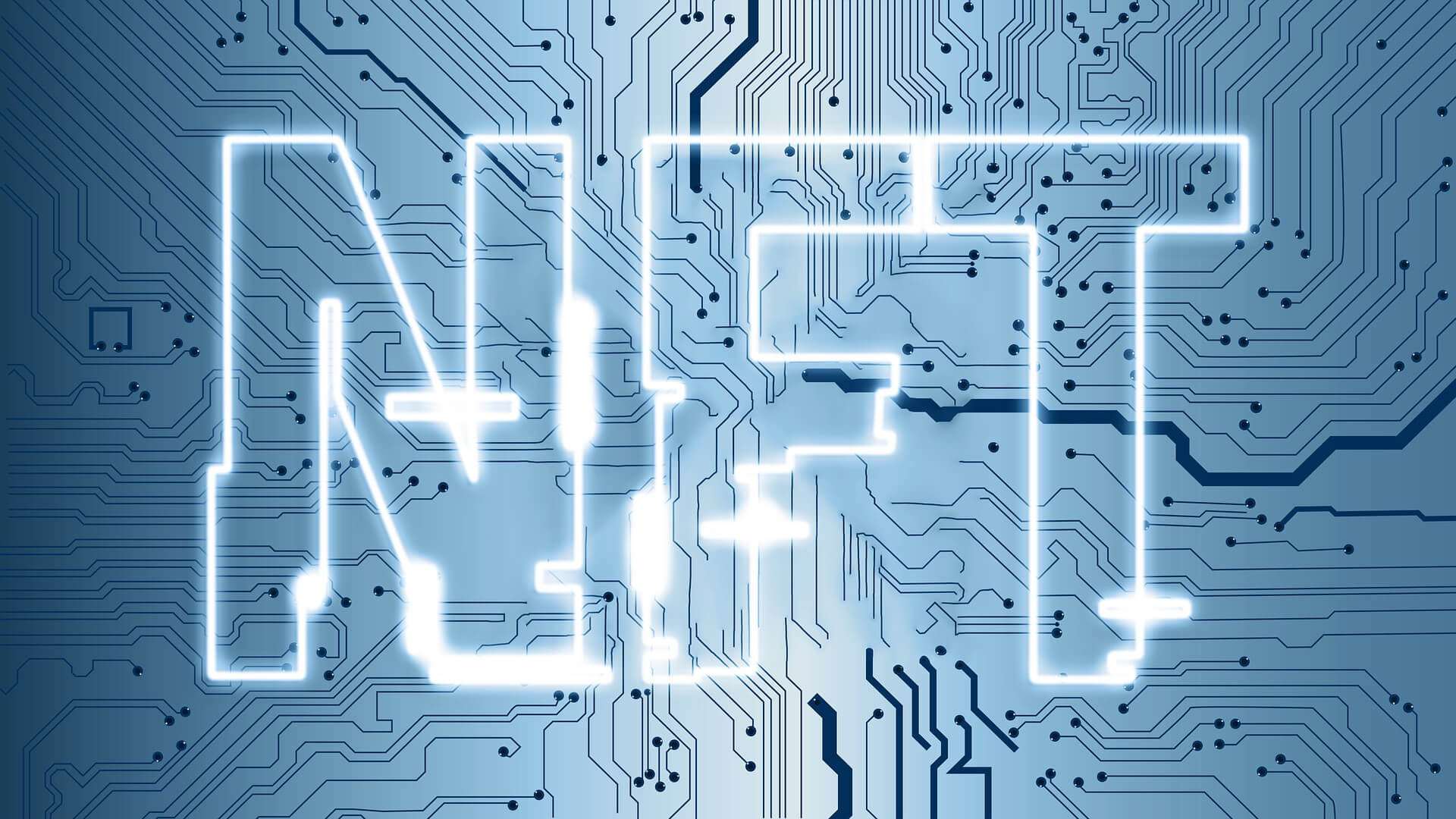Is it Time to Rethink Your Loyalty Program?
by David Klemt

So, you have a loyalty program in place. That’s great, but is it time to review its performance and implement meaningful changes to improve engagement?
I know, I know—that feeling of “if it ain’t one thing, it’s another” never seems to go away. That’s part of operator life.
The good news is that, if you have a loyalty or rewards program and it has been working, you’re a step ahead of many other operators. In that way, it’s similar to implementing an actual onboarding process and including an employee manual.
But what should you do if you notice engagement dropping? Well, it may indicate that while there’s interest in your program, it’s getting stale. Or, perhaps people don’t like the rewards or think they’re earning rewards quickly enough.
If engagement isn’t at the levels you want or is noticeably declining, it’s time to review your program with a critical eye.
In fact, it’s a great idea to ask your team for their feedback regarding loyalty. After all, your team hears guest feedback in real time. Also, they likely have some ideas of their own that can help refresh the program. After all, some people on your team may be members of loyalty programs themselves and have some thoughts.
Engagement via Gamification
The word “gamification,” much like “pivot,” may be a word that annoys you. That doesn’t make it any less relevant.
Millions of people are on their phones nearly every waking moment of the day. And millions among those millions engage with brands and apps via games or game-like features. It keeps these people coming back for more.
One restaurant chain that understands the power of gamification is Jimmy John’s.
First, the brand’s loyalty and rewards program has an interesting name: Freaky Fast Rewards. Second, they issue challenges that drive member engagement.
For example, for Q1 2023, Jimmy John’s threw down the Gauntlet via the Freaky Fast Rewards program. Members had until the middle of March to purchase every sandwich on the menu. The reward? A branded beanbag chair that looks like a bag of Jimmy Chips.
Of course, the program engages its members in other gamified ways. There are achievement badges to earn, for instance. And there have been challenges that were narrowed down to daypart to drive traffic and engagement.
Free food and merchandise are common rewards, but there are also surprises that members can earn to keep things fresh.
Program Updates
Another brand giving their loyalty program a refresh is Domino’s.
Rather than do what some other companies have done, the pizza giant is lowering the threshold to earn rewards.
Around a year ago, Chipotle experienced significant backlash from loyalty program members when they went the other direction. In response, one would think, to rising costs, the brand increased the amount its members had to spend to earn rewards.
That went about as well with many of their customers as you’d expect, of course. Loyalty and rewards programs are meant to increase traffic and spend per guest, not alienate them and drive them away.
Enter: The Domino’s Rewards refresh.
“We are thrilled to give the brand’s loyal customers additional ways to earn free Domino’s items more often,” said Mark Messing, Domino’s vice president of digital experience and loyalty, via press release. “At a time when most brands are scaling back their loyalty programs and making it more difficult to earn and redeem points, Domino’s is doing the opposite. We want to make it easier to reward our customers and give them more options so they can get rewarded faster.”
Members can not only earn points more quickly (every $5 spent equals 10 rewards points), they can redeem more quickly as well. For example, a 16-piece Parmesan bread bites is just 20 points. Free stuffed cheesy bread is only 40 points now. And that’s to say nothing of offers that are exclusive to members.
Takeaway
Only you, of course, can know how to adjust your loyalty program. You need to look at your data to understand the best solution for waning engagement.
The last thing you should do is lower points thresholds without knowing your numbers. And if you’re considering gamifying your program, you need to know if that’s an approach your guests will actually like.
In other words, don’t rush to upgrade or update your loyalty program. Take time, collect relevant data, engage your team, and move forward with any changes with strategic clarity.
Image: Polina Tankilevitch via Pexels


